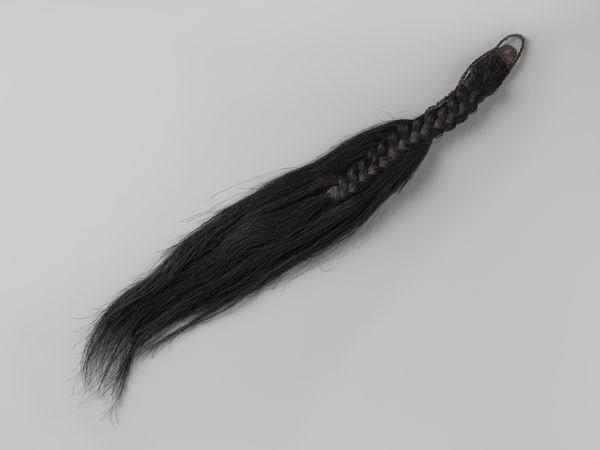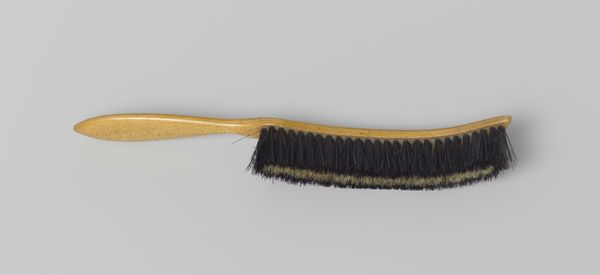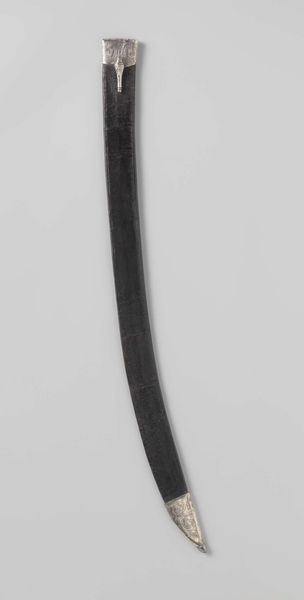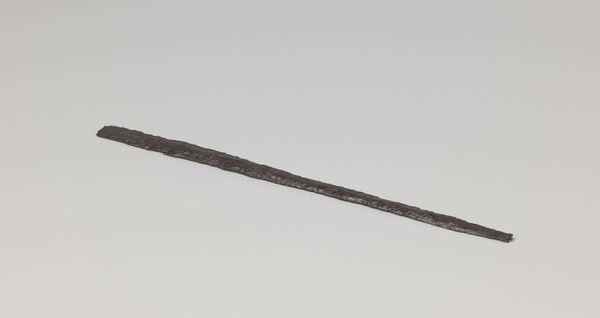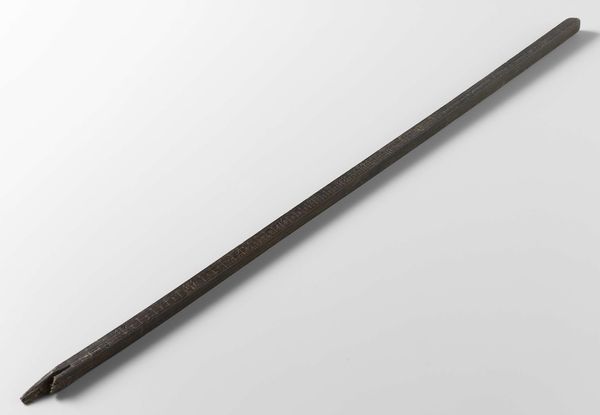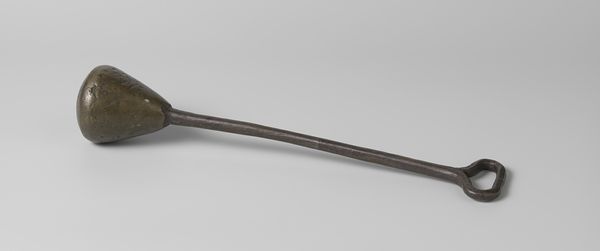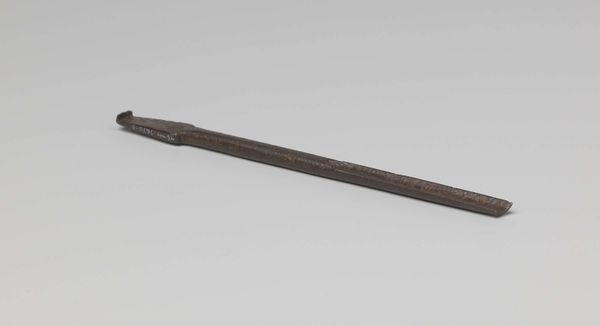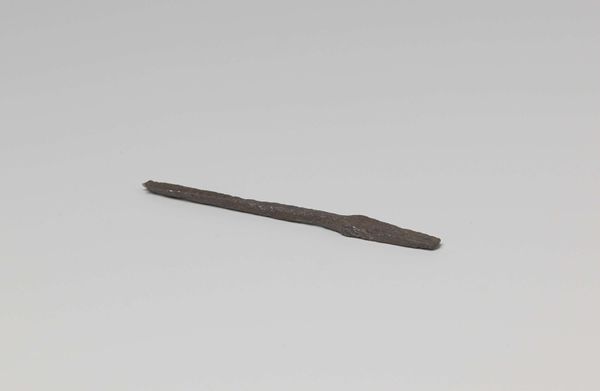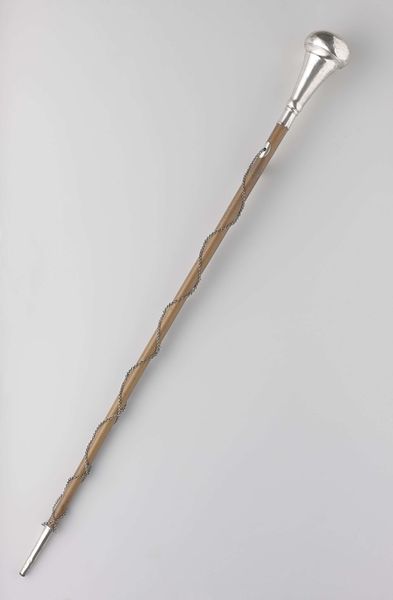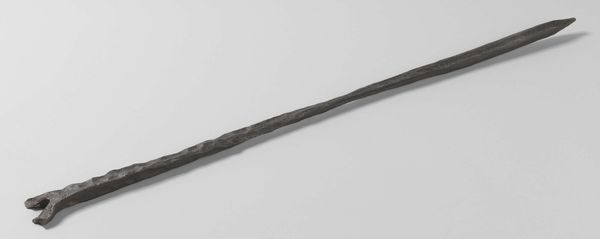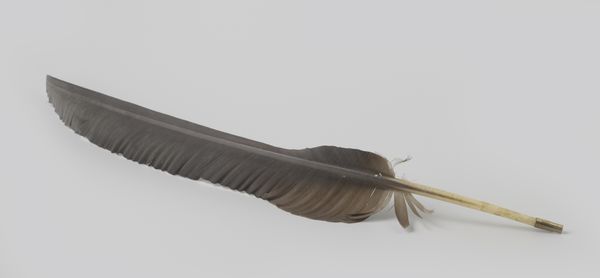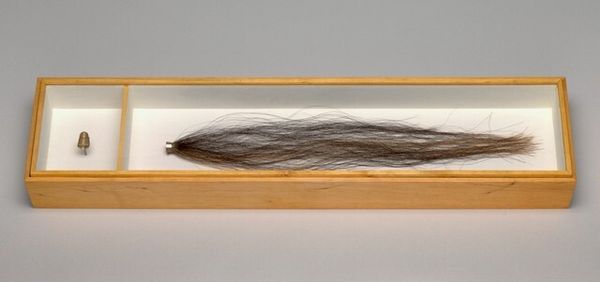
Paardenstaart voor (lichte of zware) dragonderhelm, officier, M. 1841 c. 1800 - 1850
0:00
0:00
sculpture, wood
#
portrait
#
sculpture
#
sculpture
#
wood
Dimensions: width 88 cm, height 6 cm, depth 62 cm, length 90 cm, width 13 cm
Copyright: Rijks Museum: Open Domain
Editor: This object, titled "Horse Tail for (light or heavy) Dragoon Helmet, Officer, M. 1841" appears to be made of hair and dates to somewhere between 1800 and 1850. What stands out to me is the stark contrast between its practical military function and the time-intensive craft involved in braiding and shaping the hair. What can you tell me about it? Curator: What I find particularly compelling about this piece is exactly that tension you've identified. Consider the production – the collection, preparation, and meticulous braiding of the horsehair. Whose labor was involved? Was it mass produced or done individually? This contrasts sharply with the associations we have with military uniforms and gear: authority, standardization, and, ultimately, violence. Editor: So, this contrast underscores some dissonance, and I'm interested to learn how. Curator: Precisely! It suggests the inherent material contradiction in tools of war. Moreover, what does it mean to adorn symbols of authority and warfare with crafted beauty, especially if, as the object's label suggests, it signifies a privileged position? Does it elevate or further complicate ideas around duty, class, and sacrifice? What’s the relationship of the human laborer with these power structures? Editor: That's fascinating. I hadn't thought about it in terms of the actual labor involved. I was caught up more in thinking of the owner or soldier. Curator: Consider the work that’s been rendered invisible. Whose resources are depleted to enable the production and ultimately consumption of objects like these? It invites inquiry into what or who is often elided. Editor: I never considered the question of the unseen artisans whose effort went into even minute aspects of military regalia. This is very revealing! Thanks so much. Curator: Of course! Remember that the smallest artifact can reveal large systemic realities.
Comments
No comments
Be the first to comment and join the conversation on the ultimate creative platform.
